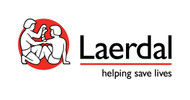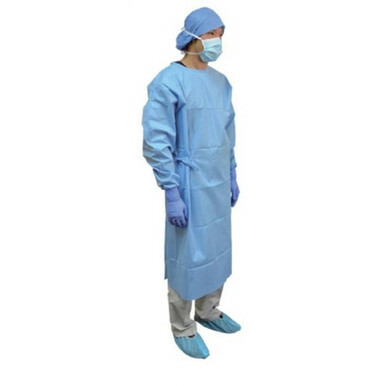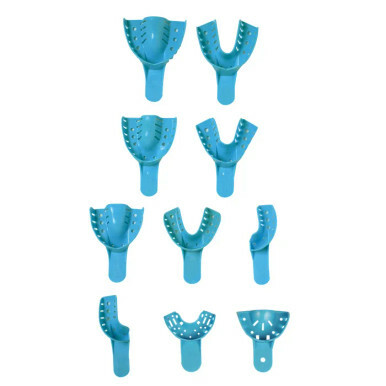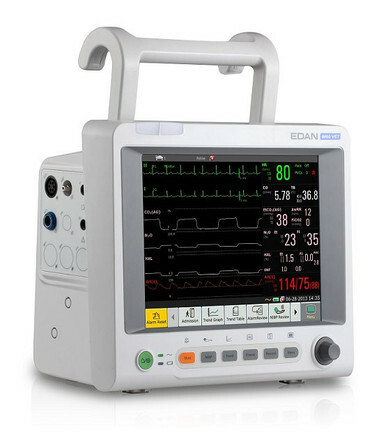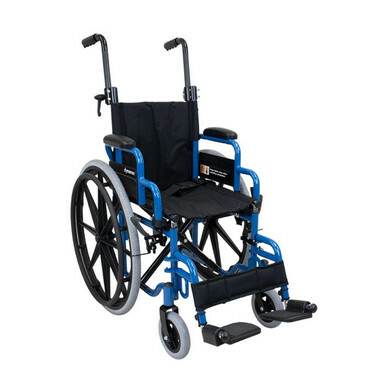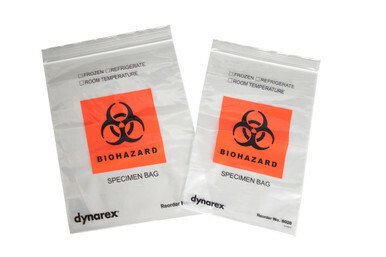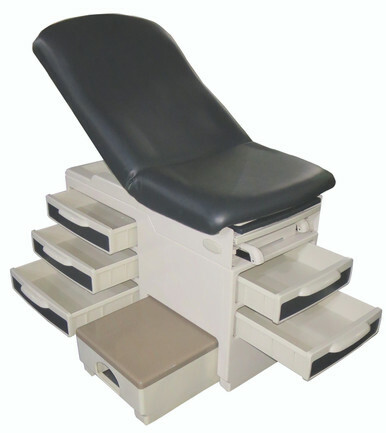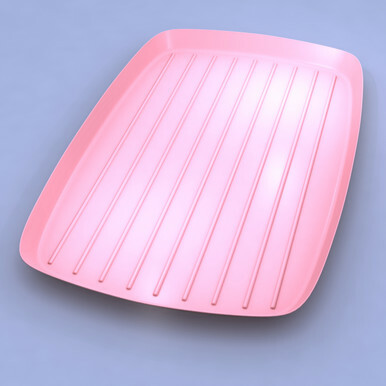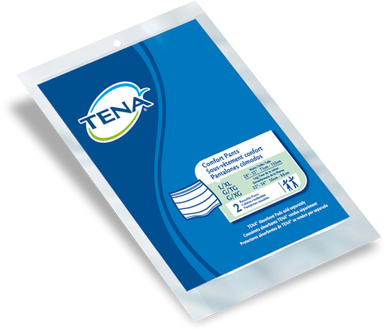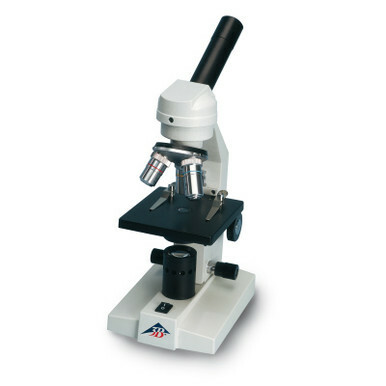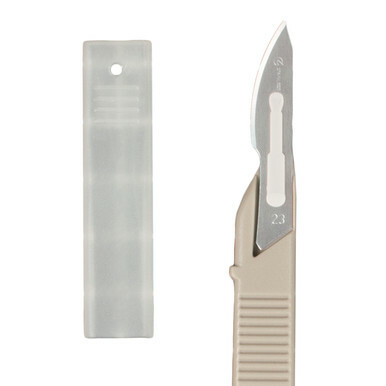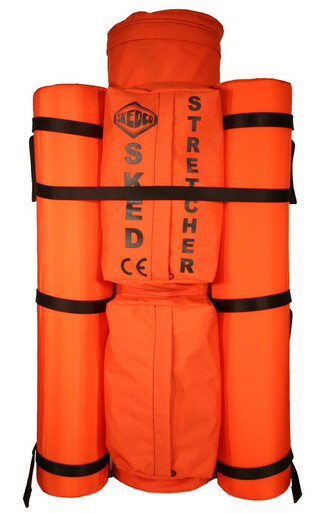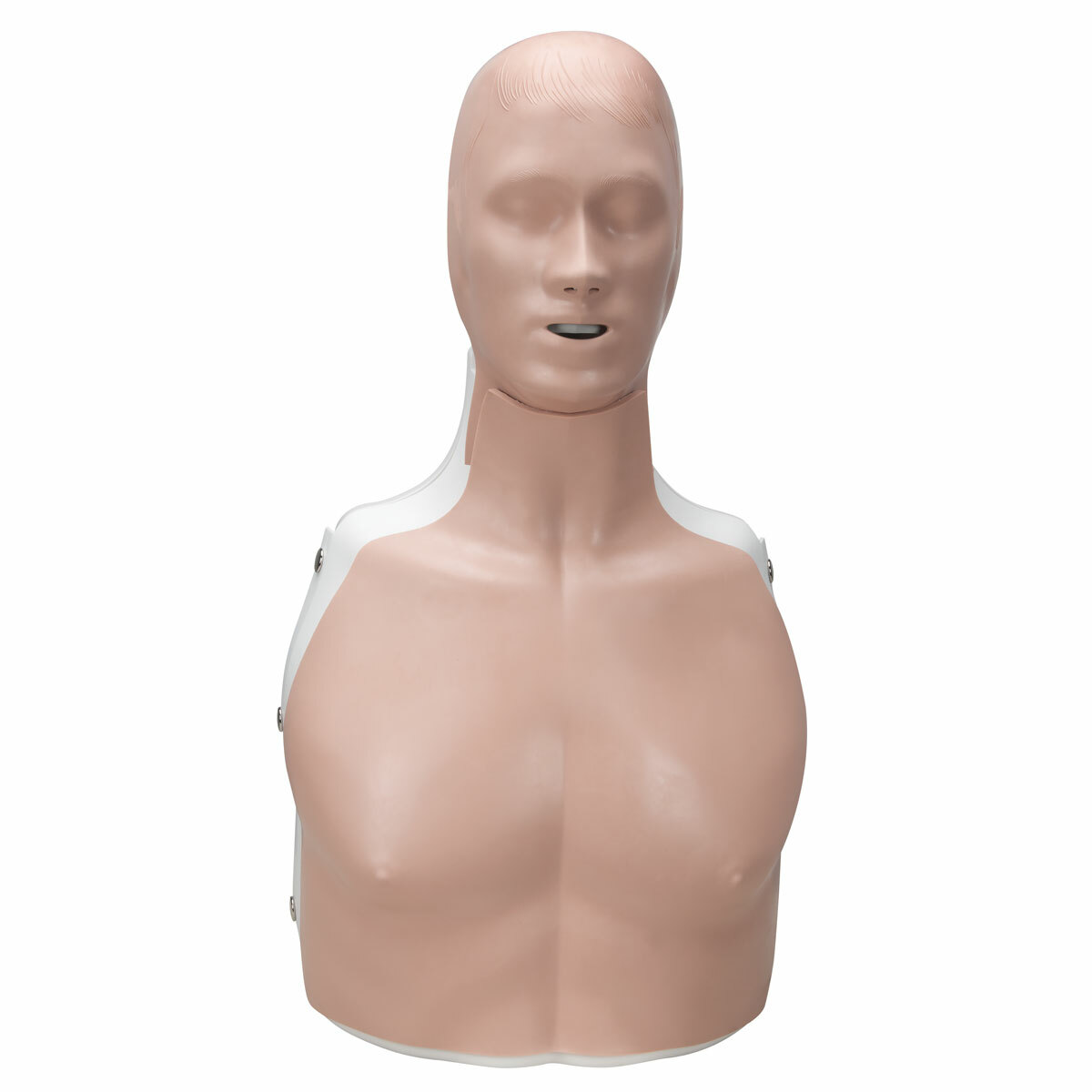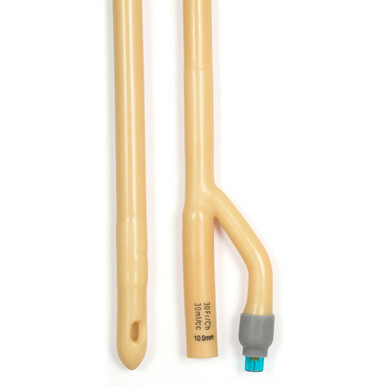The Essential Lifeline: A Guide to Rescue Ropes
Posted by EMRN on 13th May 2024
In the world of emergency response and rescue operations, having the right tools can mean the difference between life and death. One such indispensable tool is the rescue rope. These ropes come in various types, each designed for specific situations and needs. In this guide, we'll explore the different types of rescue ropes and their applications, highlighting their importance in medical supplies and emergency preparedness.
Types of Rescue Ropes:
- Static Kernmantle Rope: This type of rope is the most common choice for rescue operations. It is made of a strong, static core (kern) that is protected by a woven outer sheath (mantle). Static kernmantle ropes are durable, have low stretch, and are ideal for situations where stability and strength are crucial, such as vertical rescue operations.
- Dynamic Rope: Dynamic ropes are designed to stretch under load, making them ideal for situations where a fall might occur, such as in rock climbing or mountaineering. The stretchiness of these ropes helps to reduce the impact force on the climber or rescuer, minimizing the risk of injury.
- Throw Rope: Also known as a throw bag, this type of rope is lightweight and compact, making it easy to carry and deploy quickly. Throw ropes are often used in water rescue operations, where the rescuer throws the rope to the victim to pull them to safety.
- Accessory Cord: While not technically a rope, accessory cord is often used in conjunction with rescue ropes for various purposes, such as creating anchors or tying knots. Accessory cord is strong and lightweight, making it a versatile tool in rescue operations.
Applications of Rescue Ropes:
- High-Angle Rescue: Rescue ropes are essential for operations in steep or vertical terrain, such as cliffs or tall buildings. They allow rescuers to access and evacuate victims safely and efficiently.
- Water Rescue: In water rescue operations, ropes are used to reach and pull victims to safety. Throw ropes, in particular, are invaluable tools for swiftwater rescue teams.
- Confined Space Rescue: Confined spaces present unique challenges for rescuers. Rescue ropes are used to lower and raise rescuers and victims safely in these tight spaces.
- Medical Evacuation: In remote or difficult-to-access areas, rescue ropes can be used to evacuate injured or ill individuals safely, providing them with the necessary medical care.
Conclusion:
Rescue ropes are a vital component of any emergency response and rescue operation. They provide rescuers with the lifeline they need to reach and evacuate victims safely in various challenging environments. Understanding the different types of rescue ropes and their applications is crucial for ensuring the safety and success of rescue missions. At EMRN Canada, we offer a range of high-quality rescue ropes and accessories to meet your emergency response needs.



